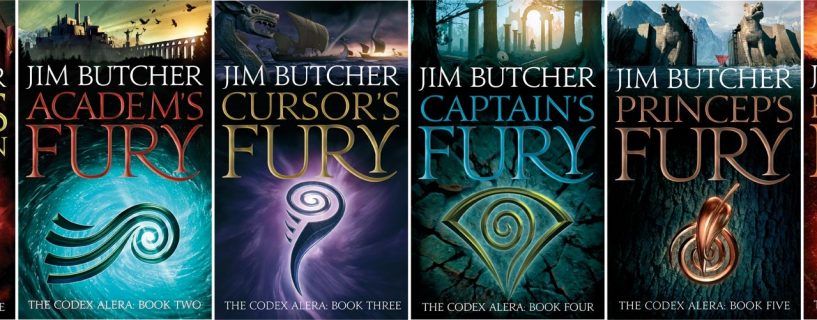“Moonlight drowns out all but the brightest stars.”
-J.R.R. Tolkien, The Lord of the Rings
We have delved repeatedly into how to build a world and manipulate the points of interest that go into designing it. This is our opening work which allows the creator to decide the basics of the world, and how to shape it with small or large decisions of information. Content in of itself is not really new, it builds upon previously established work created by others. J.R.R. Tolkien drew heavily from Germanic culture and legend to build Middle Earth and built a lot of his early work on the Kalevala.
But let us get to the meat of the discussion, the Five Races Trope, a trope we have discussed in the past. Today however, pull apart two examples of how this Trop is applied, and how it can be used to assign cultural traits to different groups. Previously, I discussed how the Five Races is a good means to block out a group of individuals in your world by common traits. The stout archetype are a people associated with hard work, smithing, and often dealing with physical labor. Dwarves love to toil, the Krogan of Mass Effect and the Charr of Guild Wars 2. All of these groups are known for their skill in battle and their work with technology.
An interesting thing of note is that in many ways the trope itself is heavily reliant upon rough belief that certain traits are inherently masculine or feminine. There are also a few problematic stereotypes at ties associated with the traits such as Dwarves being hairy and a love of jewels (we’ll cover that in the future).
Codex Alera – Spoiler Alert!
The Codex Alera is an interesting series as many of its races can be slotted into a few different points. Alerans and or humans can easily be the High Men (if they are a furycrafter) or a mundane depending on if you are a normal person. Meanwhile the Marat can be pegged as either the Fairy or if you consider their history, the High Men. The truth about Alera is the entire world is a world of refugee peoples. When the Vord appear in the second book it is revealed they have chased the Marat for what appears to be ages across history. Both the Canim and the Alercans exist in large established countries. The Canim themselves could easily be organized along the Five Racial lines if we consider their countries of origin. One of their “Ranges” is found in mountains, and then there is their caste system which includes a magic wielding sorcerer caste.
Fallout Series
One would not think that Fallout’s factions could be categorized by the Five Races, but in some ways they can. Supermutants being the epitome of hyper-masculine physically and mentally focused on violent easily fit the warlike overtones of the stout. Ghouls can easily be considered fairies in some way for the fact they existed before the time the bombs fell. In some respects, the Ghouls can be considered a deconstruction as their appearance and history puts them at odds parts of society and only Ghouls consider Ghouls attractive really.
The High Men position is definitely held by both the Brotherhood of Steel and the Enclave respectively. Both are factions hold technology and knowledge of the pre-bomb era. The Brotherhood itself easily acts as a bastion of civilization and as a knight in the wasteland.
Considering the Trope
The Five Races like all tropes are a guideline a way to discern how to assign traits to a group or a set of groups you are creating. But, it shouldn’t be the end-all or the go-to for your world creation. The one idea to take away is to create a few clearly defined traits that when you describe a group sets them apart. In my own work, the Whale Clans fit the warrior people trope and represent the historical clash between nomadic and settled peoples. Clashes between the stereotypical stout and fairy archetypes can often seen as a clash between masculinity an feminity. Or the clash between the brusque blue collar and the refined nature of the upper class.
Basically, use the idea to block out your creations, and then work through how they interact. It allows you to then also see where they differentiate and how they are similar. Also, it allows you as a creator to appeal to different groups and delve into different points of view.

